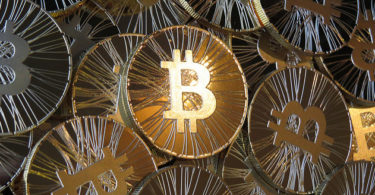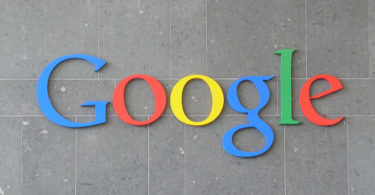Consider, for example, conditions in Washington County, Missouri, which has a density of just 33 people per square mile:
At the county's 911 center, dispatch director William Goad sometimes loses his connection to the state emergency system. That means dispatchers can't check license plates for police or relay arrest-warrant information.
As severe thunderstorms approached in late February, Mr. Goad tried to keep watch using an internet connection sputtering at speeds too slow to reliably map a tornado touchdown or track weather patterns.
“We drill for oil above the Arctic Circle in some of the worst conditions known to man,” Mr. Goad said. “Surely we can drop broadband across the rural areas in the Midwest.” [The Wall Street Journal]
Installing fiber-optic cables, which cost about $30,000 a mile, simply isn't financially feasible for sparsely populated regions of America. Such communities are instead served by existing copper lines, which are still too weak to deliver high-speed data.
Full story at The Week.






